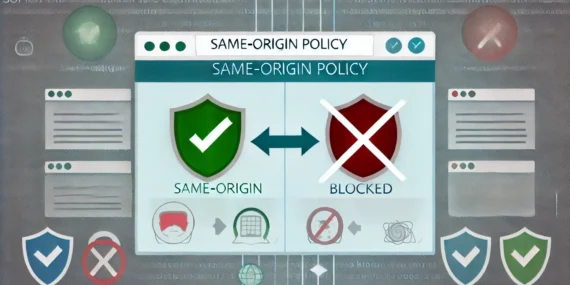The Journey of Computing
Early Mechanical Devices: The First Steps in Calculation Imagine you’re in ancient times, and you need to count a large number of items. How would you do it? This was the challenge that led to the creation of the abacus. Picture a frame with beads that slide on rods. By moving these beads, people could…










